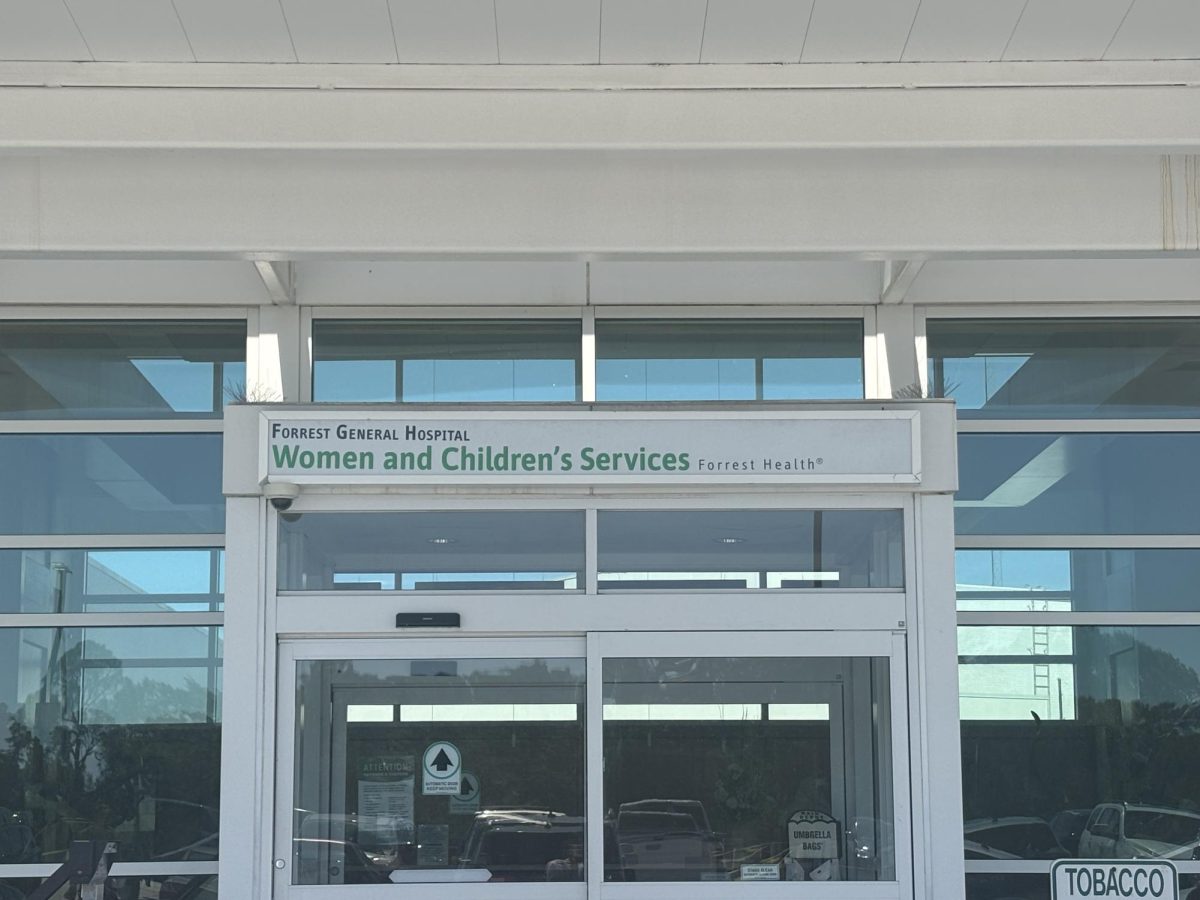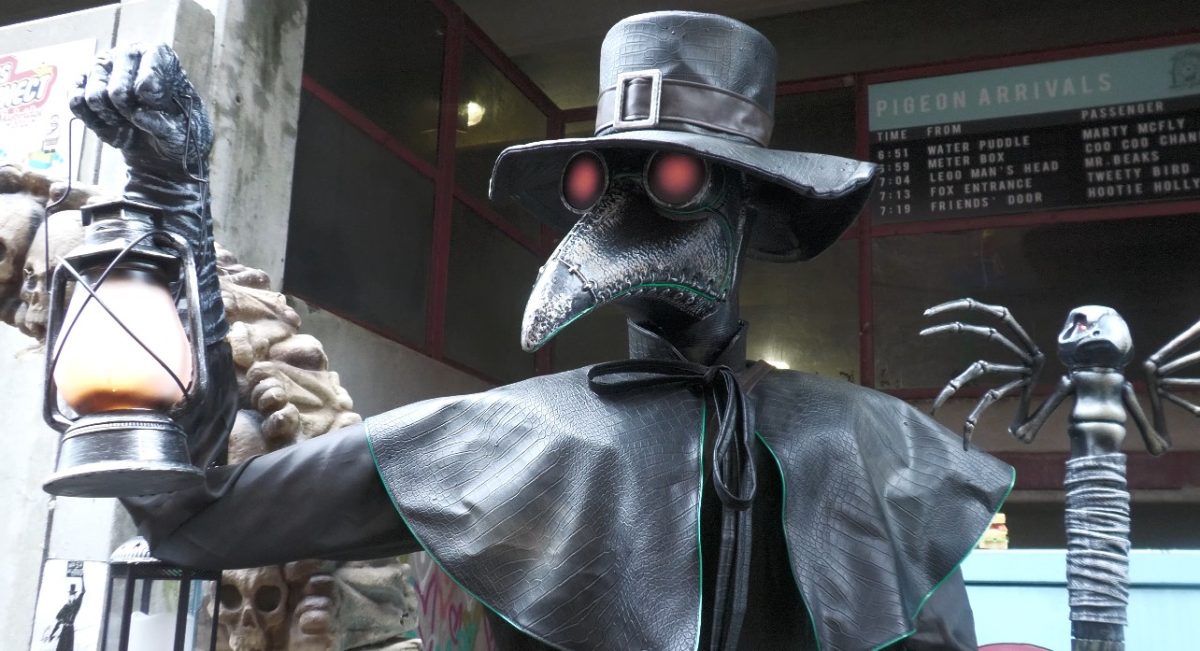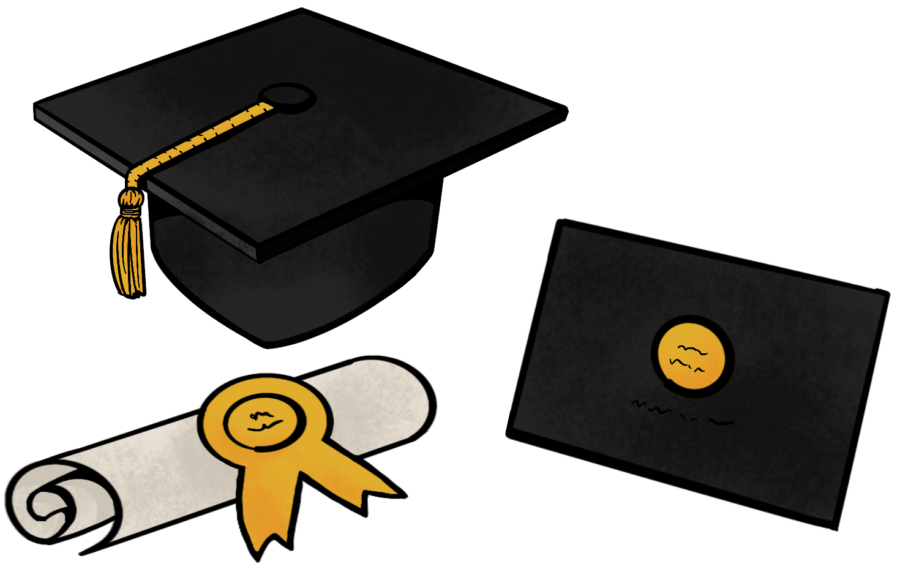Student loans have always been a burden for American students. While some manage to repay their student debt within a few years, a lot more spend their entire lives paying off their loans.
For a long time, top Democrat politicians have sympathized with students who struggle to pay back hefty loans. This issue has especially gained momentum over the past year, with the COVID-19 pandemic making the situation with borrowers even more dire. With President Joe Biden now in office, they have urged him to take urgent action on this issue and forgive student loan payments.
Democrats planned to persuade Biden to sign an executive order to erase $50,000 from the accounts of each student’s education loan. The Biden administration, however, denied that amount. It instead proposed to forgive $10,000 of student debt per borrower. Biden could have single handedly authorized the cancellation of debts of any amount, but he intends to deal with Congress on this issue, so lowered it to make it easier to pass through.This policy, regardless of what amounts passes, would help boost the productivity of these students, who are an integral part of the job market.
However, Biden’s plan is not immune from other major drawbacks. Fifty thousand dollars is a colossal amount of debt to forgive, but not every student in America took out loans that were equal to or crossed this amount. The average student debt in the United States is slightly over $30,000, and the median student loan is close to $20,000. The plan proposed by Democrats would make sure that every student is free of debt, but Biden’s unwavering resolution to forgive only $10,000 would be a mere palliative remedy for the student debt crisis.
Still, the administration’s current plan isn’t entirely bad. Each plan would primarily target students who have defaulted on their student loans. This includes college dropouts, who incurred a significant chunk of debt for only a few semesters of college and lack the ability to repay loans in a short period of time. There are currently eight million students who have defaulted on their loans. The consequences of student loan delinquency and default are substantial, and it will echo throughout a borrower’s lifetime.
A lot of students who drop out are also minorities, making it even harder to pay back debt. Along with having disproportionately low income among college graduates, they lack secondary funding sources such as family wealth. Forgiving loans to these students will liberate them from personal financial crises and will help them increase their living standards. Such a step, if passed by the current administration, will breathe life into millions of students’ aspirations to achieve the American dream.
Furthermore, students who have fallen prey to predatory lending practices will get relief from their abusive student loan servicers. This also includes taxpayers who also get exploited by this predatory industry, making it so their fraudulent practices can no longer thrive.
A lot of Republicans disagree with this proposal, and are not necessarily wrong in their dissent. In addition to the problems previously discussed, the cost of forgiving these student loans would be imposed on those who did not choose to attend college, who tend to be lower income. The logic behind redistribution is fatally wrecked in this plan, as high-income graduates will get their debts paid indirectly through low-income taxpayers.
Still, this proposal for forgiving the student debt by the Biden administration will no doubt be a firm step towards elevating the prosperity of the nation. It is up to the legislators to reckon with the moral hazards that linger, and find a way to minimize it as much as possible.
























